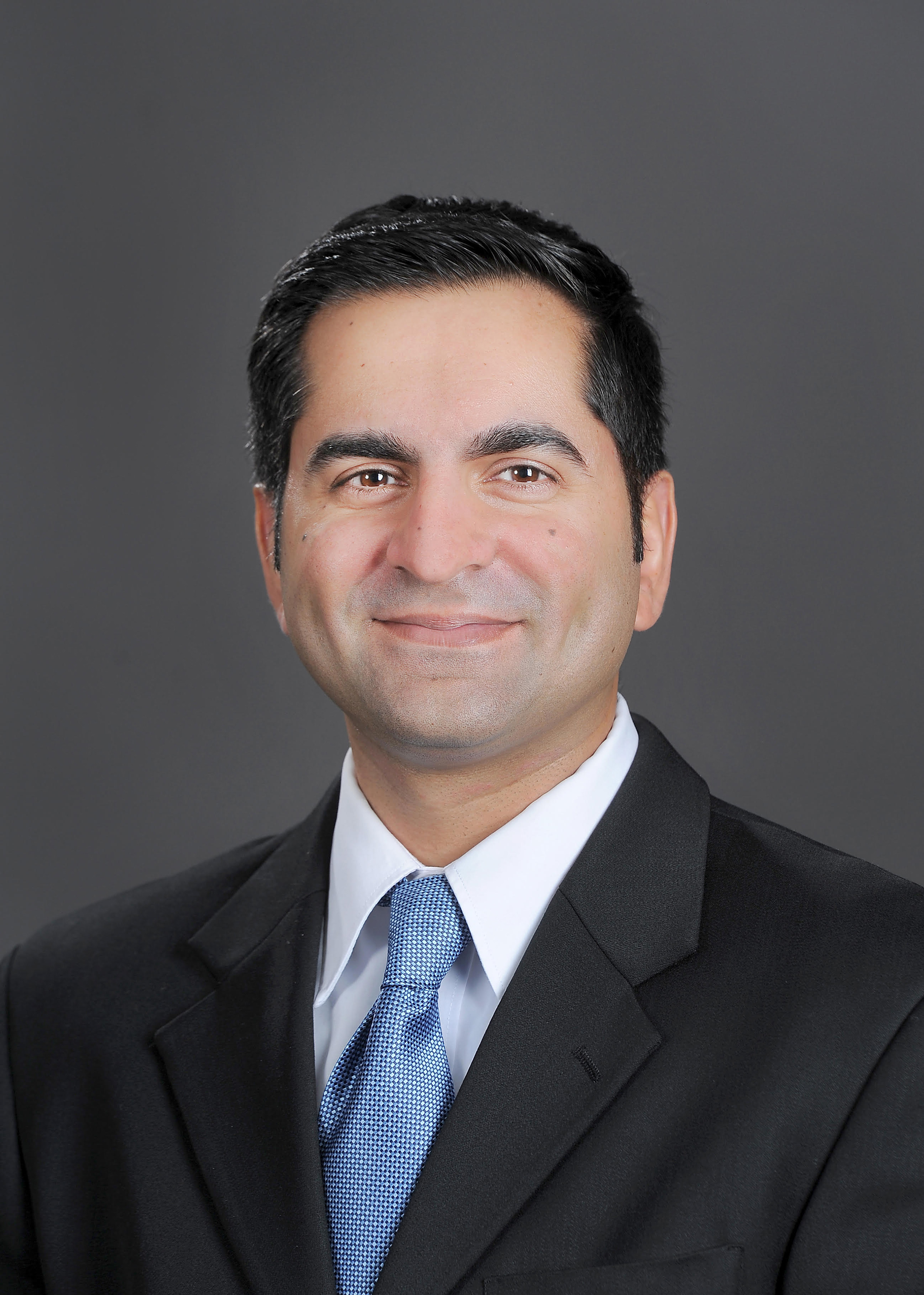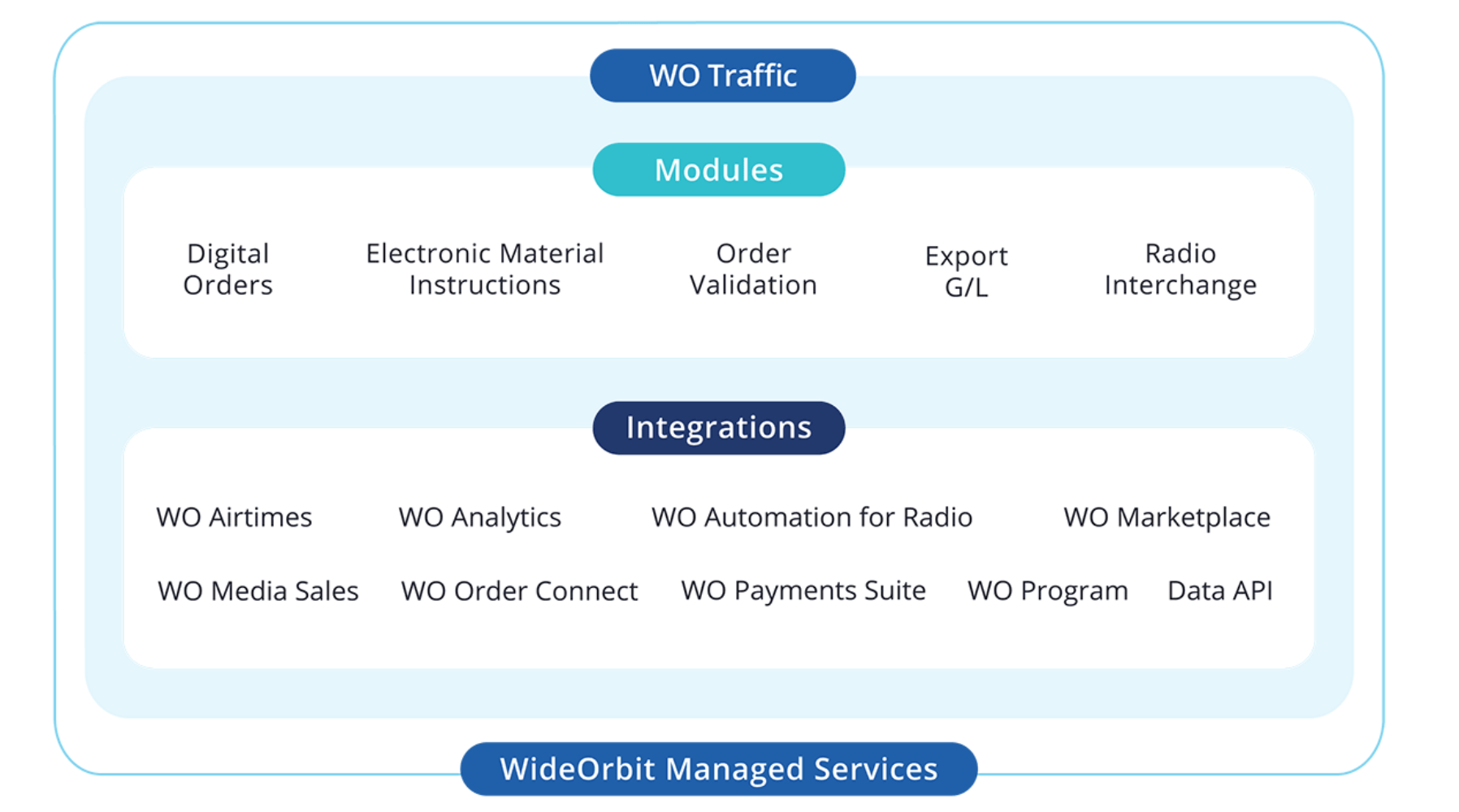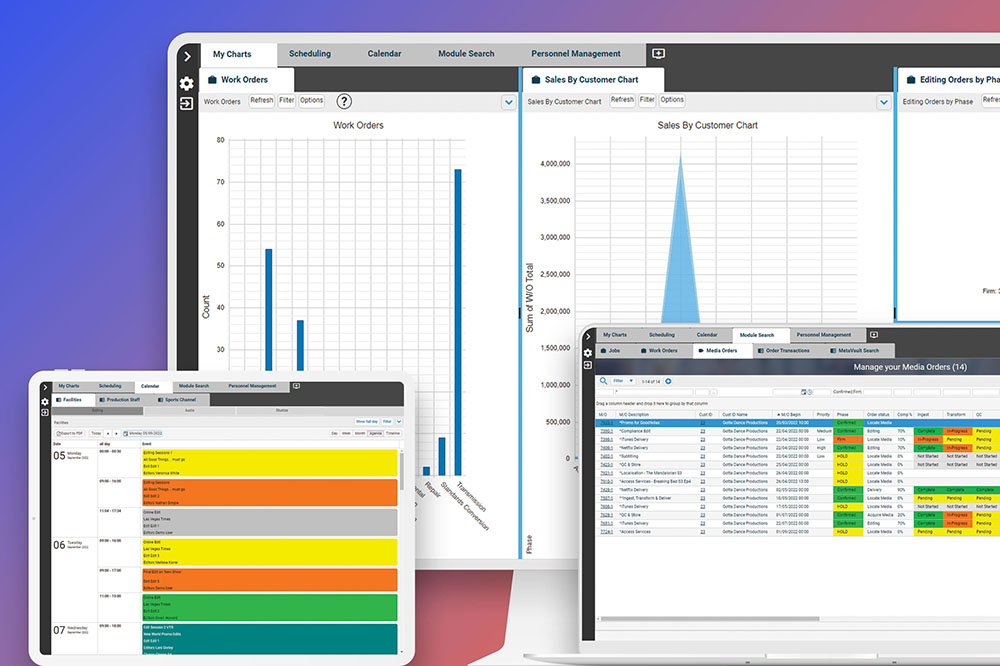Optimizing Ad Traffic in a Multichannel World
Broadcast management systems respond as platforms bloom and content grows

SAN FRANCISCO—As networks broadcast and stream a growing number of channels, the technology that controls everything from ad sales to traffic and billing is evolving as well. New tools and strategies abound for helping content creators handle the growth of those channels. And as the name implies, today’s broadcast management systems have expanded and grown to offer content creators a better means of achieving that control.
The goals? As varied as the content itself: Reducing operational complexity and costs. Selling advertising at a local and national level and on multiple platforms. Addressing HR issues. Automating order workflows. Identifying and executing audience-targeted orders at scale.
Open Sourced
As the requests grow, broadcast management systems have responded—some by building systems around a flexible, open source architecture; others by consolidating assets across a portfolio in an effort to respond more effectively to media buyers.

“The increase in channels has made it even more critical to ensure that organizations have a flexible and adaptable BMS,” said Jimshade Chaudhari, senior vice president of product for Marketron. “Given the increase in channels and the associated content, manual processes and siloed systems can no longer meet broadcaster’s needs. “
Earlier this year, two companies joined forces around the concept of standards-based platforms, open source architecture. For the Operative and Imagine Communications, that means ingesting orders from Imagine’s GamePlan ad decision and optimization engine from Operative’s cloud-native sales platform AOS, a partnership that enables a buyer to target audiences across different impressions—including geographic location or device type—as well as process orders across all types of different platforms using Imagine inventory management solutions.
”Our partnership with Operative enables our clients to streamline their operations across multiple media forms and to address the increasing desire to be able to sell on an audience basis,” said Tom Cotney, CEO of Imagine Communications.
Audience First
Those types of partnerships highlight the importance of taking an audience-first approach to selling advertising. Since audiences are more fragmented than ever, there is less guarantee that buying a specific TV show will deliver the specific audience. This is where NextGen TV steps in. The technology can deliver this by relying on consumer-driven demand to keep local TV competitive with growing OTT platforms.
The professional video industry's #1 source for news, trends and product and tech information. Sign up below.
“And while this will level the playing field by allowing local TV to meet their advertisers’ changing needs… creating a common currency between linear and all digital assets will make it easier for broadcasters to sell their multiplatform ads,” Chaudhari said. “It’s important that modern BMS platforms recognize this and prepare broadcasters for this future.”
Given the increase in channels and the associated content, manual processes and siloed systems can no longer meet broadcaster’s needs."
Jimshade Chaudhari, Marketron
Over the past decade, broadcast management technology has steadily grown from standalone traffic and billing systems into integrated tools that manage content throughout its life cycle. That’s been a priority for companies like Myers, whose ProTrack software solution ProTrack centralizes content and allows users to acquire, schedule, monetize and distribute content from a single point of control.
Systems that were traditionally considered core traffic and billing are now expanding their systems with add-ons and built-in third-party technology integrations. ProTrack, which made its name in the traffic and billing space, now integrates with automation, accounts receivable and media asset management.
Myers provides broadcast management systems to the vast majority of PBS member stations across the country, a unique challenge since public media companies must meet all the same responsibilities as a commercial network but with far fewer resources and revenue opportunities. Today, must-have features for networks like PBS now include automation log monitoring, schedule placement confirmation and report generation.
Unifying Operations
Other systems strive to meet multiple goals while simultaneously prepping to handle multichannel environments. Advanced planning, rights and scheduling, spot placement technology and ad sales and commercial scheduling are part of Imagine’s Ad Tech product suite. Technologies like the company’s LandmarkOSI traffic and billing system, Broadcast Master management suite for scheduling and finance or xG Linear scalable traffic for MVPD are designed to competently manage single or multichannel environments across multiple platforms.
Unifying station operations on a shared technology infrastructure is another key priority for broadcasters with multiple stations in multiple markets.
Large ownership groups are using WideOrbit’s WO Traffic system as a foundation to leverage new revenue streams by merging station operations on a single, collectively shared foundation. Like the infrastructure behind other traffic systems, WO Traffic integrates with other suites like analytics, sales, payments and airtimes while WideOrbit Placer works to determine proper spot placement for all advertisers as well as simplifies billing.

That last piece was particularly important during the Covid-19 pandemic. Content creators needed to simplify the process of obtaining receivables, such as when religious broadcaster Bonneville International used the WideOrbit WO Payments Suite to help make decisions about clients who were struggling financially because of the pandemic.
“Because we have all the industry information coming out of our WideOrbit system, [we looked at industries like] the entertainment or tourist industries [and could be] more flexible [about payments] because that’s an industry that [was] hit harder [by the pandemic],” said Ken Nate, CFO and executive vice president for Bonneville. “We think this creates an opportunity for improvement down the road for both us and our clients.”
Streamline Internal Processes
Managing resources was also the impetus behind a UK studio selecting a new media operations platform to manage everything from studio bookings to quote creation. A joint venture of Sky and NBCUniversal, Sky Studios Elstree is using the Xytech Media Operations Platform resource management software to help streamline the film and TV studio’s internal processes like cost management and resource scheduling.
That was also behind Viasat Broadcasting’s decision to turn to Xytech to manage staff and bookings for the network. With about 400 employees and 64 Viasat channels, the European TV operator needed an integrated system to manage and report on all operational and financial activities.
“Xytech software offers a multitude of features when it comes to handling the complex requirements of bookings,” said Matt Waldock, Xytech vice president and director of business development for EMEA. “Our Media Operations Platform allows for quick and efficient quote and order creation. As bookings are added or changed, the system updates the display in real time, putting automated financial transparency directly into clients’ hands,” he added.

With the continued expansion of alternate viewing platforms, local broadcast TV is changing the way viewers consume their content — which changes the way in which advertising has to be bought and sold. Broadcasters looking to maximize their current core business must also effectively manage revenue that is now coming from OTT and third-party digital advertising.
As with other broadcast management systems, the Integration Suite from Marketron is designed to serve as a single ecosystem. Working with business platforms like Salesforce and NetSuite, the system can handle billing export features, digital advertising, social media verification and electronic sales orders.
The system works side by side with the Marketron REV sales platform, which addresses proposal creation, linear TV order entry and real-time data reporting leading to more revenue on every order via intelligent dynamic pricing and direct traffic integration, Chaudhari said. “All of this technology is built on an open platform that can be integrated into broadcasters existing systems via APIs, helping broadcasters augment their capabilities without having to rip out their core infrastructure,” he said.
To demonstrate its efforts to accommodate an expanding array of advertisers, Marketron last month added new capabilities to its Marketron NXT digital ad platform that enable all broadcast and media companies to deliver digital ad solutions to advertisers operating in restricted industries, including cannabis, CBD, gambling, alcohol, fireworks and politics, thereby driving revenue from previously limited verticals.
As the market changes, so too must modern broadcast management systems — from aggregating data to holistic business-level reporting to ensuring the right programming appears on the right channel.
“This level of flexibility prepares broadcasters for continued success as advertiser and consumer demands evolve,” Chaudhari said.
Susan Ashworth is the former editor of TV Technology. In addition to her work covering the broadcast television industry, she has served as editor of two housing finance magazines and written about topics as varied as education, radio, chess, music and sports. Outside of her life as a writer, she recently served as president of a local nonprofit organization supporting girls in baseball.

